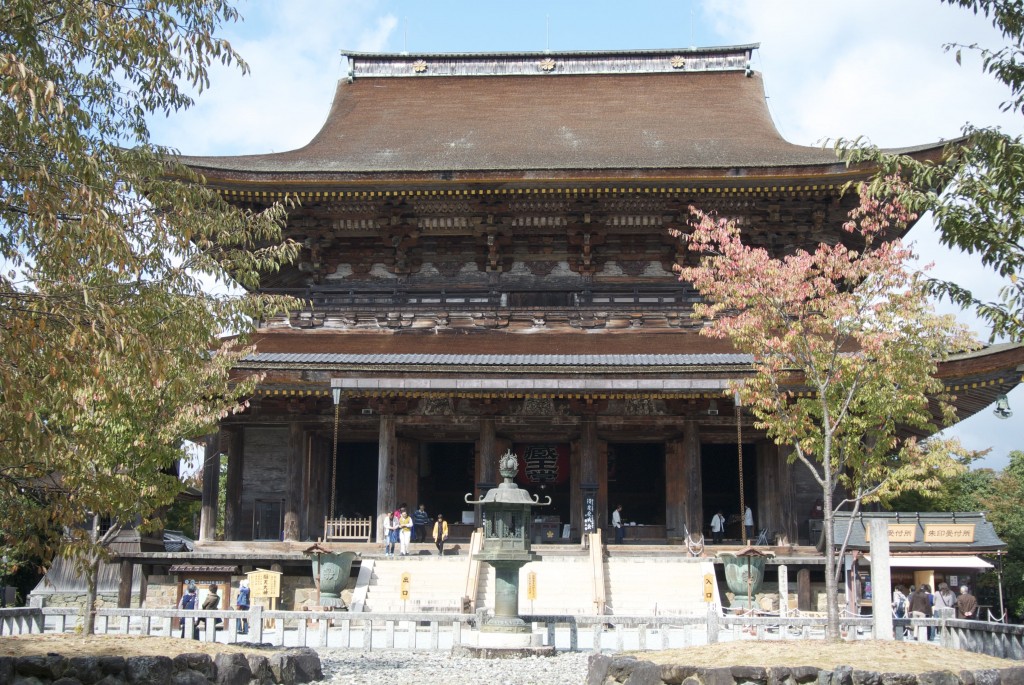
Yoshino's shugendo temple, Kinpusen-ji
On a recent outing to Yoshino, south of Nara, I discovered that there were more World Heritage Sites than I had realised. Readers of the blog might remember that I had compiled a list of shrines recognised by Unesco’s World Heritage recognition scheme (see here). I’ve now had to add three more, secreted away in the folds of Yoshino’s wooded slopes.
The reason for the discrepancy is the curious manner of World Heritage inscription. Itsukushima Shrine for instance is recognised as a World Heritage Site in its own right. But Kamigamo Jinja and Shimogamo Jinja are recognised as among the 17 properties belonging to the World Heritage Site known officially as “Historic Monuments of Ancient Kyoto (Kyoto, Uji and Otsu Cities)”.
The situation is even more complicated in the case of Yoshino, for the area is one of three different parts of the officially designated World Heritage site known as”Sacred Sites and Pilgrimages in the Kii Mountain Range”. It covers the Kumano Sanzan Shrines; Mt. Koya’s Shingon temples; as well as pilgrimage-related sites in Yoshino. It’s quite a challenge to get round them all, for they are far-flung and not well connected.
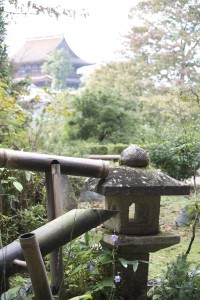
Garden detail at Yoshimizu, with Kinpusenji behind
Yoshino
Within Yoshino, there are a number of listed properties – eight in all. These include the main shugendo temple of Kinpusenji, with its wonderful Zao Hall and stunning statuary. But there are also three shrines: Yoshimizu Shrine; Yoshino Mikumari Shrine; and Kimpu Shrine. Last week I made a special trip to see them all.
Of the three, Yoshimizu is the most well-known and the most visited. It was founded in the mid-7th century as a Buddhist temple, and only became a shrine in 1875. Emperor Go-Daigo lived here for a while, and Hideyoshi came to view the cherry blossoms.
The aristocratic connections mean it is full of art and artistic touches. There’s a fine view of Kinpusenji, a nicely laid out garden, and the priest gives instruction in Onmyodo practice which is an unusual touch. I’ll make a separate posting about that.
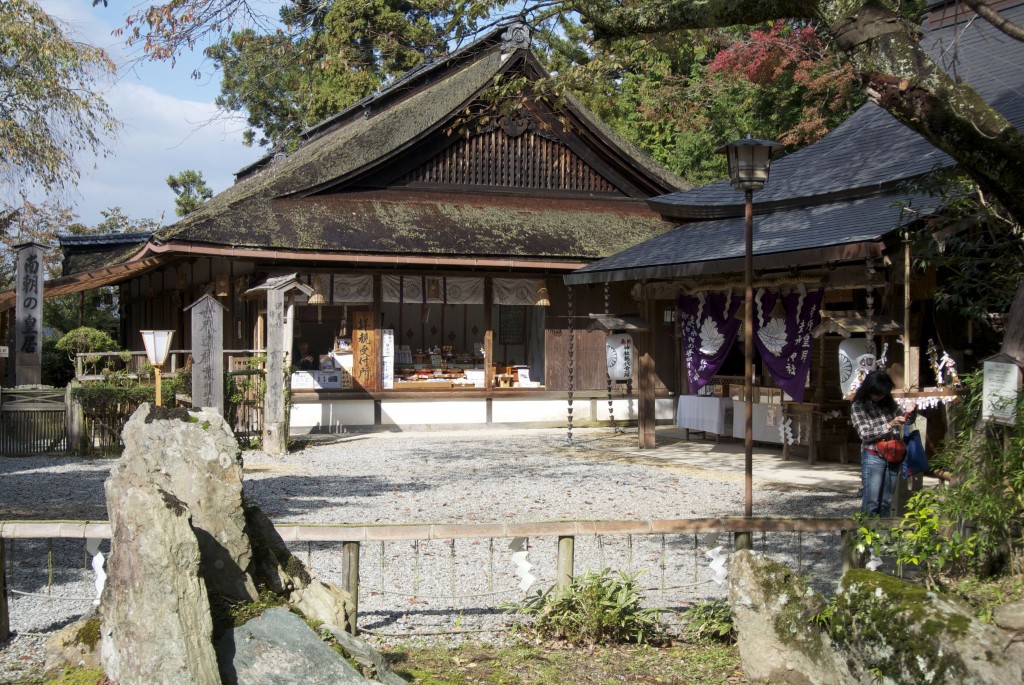
Yoshimizu shrine view
Yoshino Mikumari Shrine
The other two shrines are less well-known and less visited. Yoshino Mikumari Shrine has an unusual architecture, for there is a long haiden (worship hall) along one side of a rectangle facing a long honden (sanctuary). The latter consists of shrines for three separate kami, which instead of being separate, as is usual elsewhere, are all joined together in one long row. The priest’s elderly mother who acted as caretaker claimed it was the longest honden in Japan.
The shrine was supposedly founded in the late 7th century, and rebuilt in 1605. It’s said to have a special power for couples wanting children, yet oddly for a shrine with the status of a listed World Heritage Site there were few visitors. Indeed, while I was there, I only saw one other person. The priest’s mother said that few people bothered to come, and that the only thing they’d had out of the World Heritage status was the certificate. The shrine was certainly of interest, but in what way could it be said to merit a World Heritage listing?
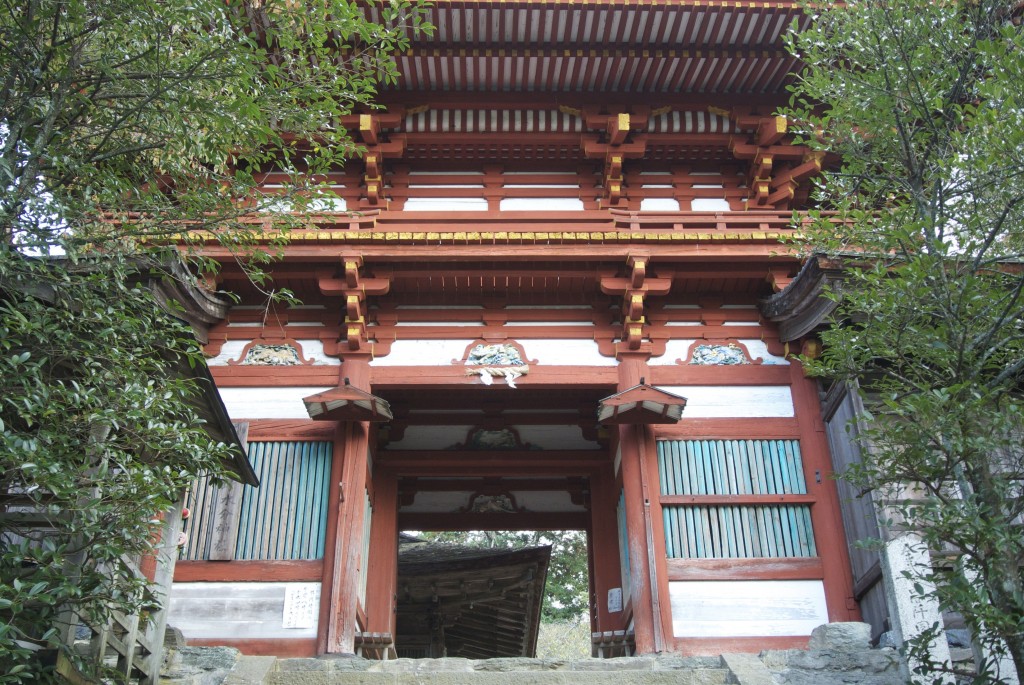
Grand entrance to the Yoshino Mikimaru Shrine, suggestive of rich patronage in the past
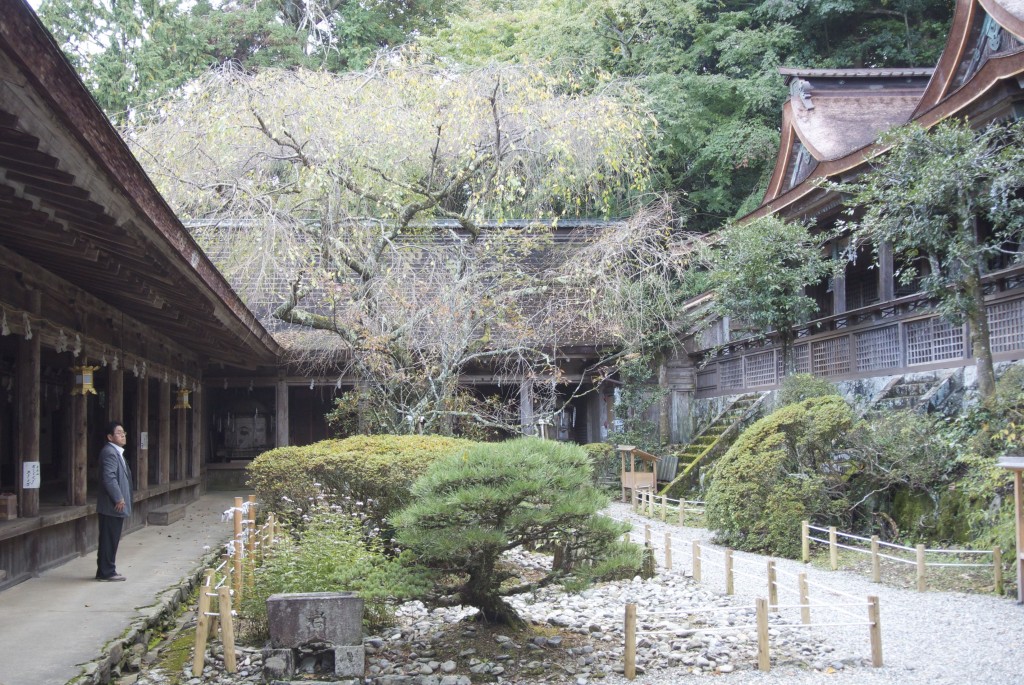
Yoshino Mikimaru Shrine, with its long haiden on the left and honden on the right
Kinpu Shrine and the Yoshitsune Kakure-do
Things were even more puzzling at Kimpu Shrine, two kilometers further along the very narrow road that winds its way up the hill. It’s near a viewing spot, to which occasional groups of tourists travel by bus. At the small nearby shrine, however, not only were there no visitors while I was there, but there was no one in attendance or any sign of a shrine office. Nor did it seem of much interest, save that in the woods nearby was a Yoshitsune Hidden Hall used for ascetic practice. It was securely locked, preventing ingress, but a noticeboard said that ascetics use it to shut themselves in complete darkness and face down the demons that emerge.
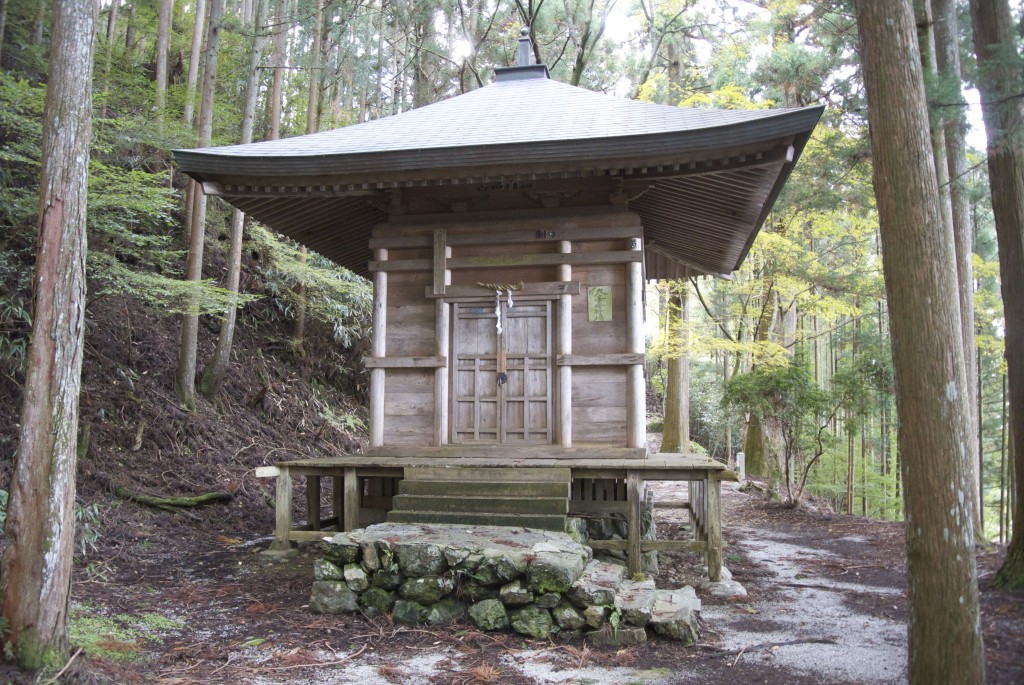
Yoshitsune Kakure-do, named after the twelfth-century warrior who supposedly hid here in the woods while on the run from his shogun half-brother, Yoritomo
I was intrigued by the World Heritage status, and determined to find out why such an apparently insignificant shrine should have been deemed worthy of inclusion by Unesco. It just so happens that there’s a huge Unesco conference taking place in Kyoto at the moment, which is the closing event of a whole series of gatherings to celebrate the 40th anniversary of the Word Heritage Convention. I’ve been fortunate to attend as a member of the press, and was able to put my questions to a number of Japanese delegates from the Ministry of Foreign Affairs and the Agency for Cultural Affairs.
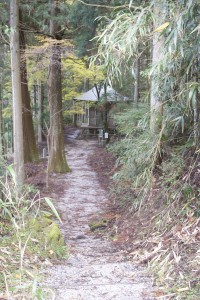
Trail to Yoshitsune Kakure-do. The shrine's links with ancient pilgrim routes may hold the key to its World Heritage status.
Tracking down a person with overall responsibility for World Heritage Sites in Japan turns out to be a futile task, because responsibility is broken down into separate specialised areas. Unesco matters belong to the domain of the Foreign Ministry. Woods and natural sites are dealt with by the Ministry of the Environment. Art and cultural matters fall within the remit of the Ministry of Education and Culture, though even there architectural matters might be dealt with by a different department than paintings, for example. In trying to tie down someone willing to answer my questions, it seemed I was going to be passed from bureaucrat to bureaucrat, with no final destination.
The Unesco Promotion Manager suggested I check with the official website, where the ratonale behind all the world’s 962 sites are included. She assured me that I would find what I was looking for there, but alas, all I could find was some general commentary about the Yoshino area but no specific rationale for Kinpu Shrine. I suspect it’s notable for its historical role in pilgrimage, so I’ll have to check on that – but who with? As ever, there lies the Japanese rub….
For those interested, here is the official World Heritage rationale for the Yoshino area:
Yoshino and Omine: this is the northern-most site near to Nara. The Yoshino or northern part of the site was by the mid-10th century known as the most important sacred mountain in Japan and its reputation had reached China. It was the object of mountain worship, Shinto, in the 7th and 8th centuries and later in the 8th century became one of the prime sacred places for the Shugen sect of ascetic Buddhism. Omine, the southern part, was also associated with the Shugen sect and, in particular, with ascetic practices connected to the harsh mountain environment. This site consists of groups of buildings in what is said to be a unique architectural style constructed as an embodiment of Shinto-Buddhist religious fusion.
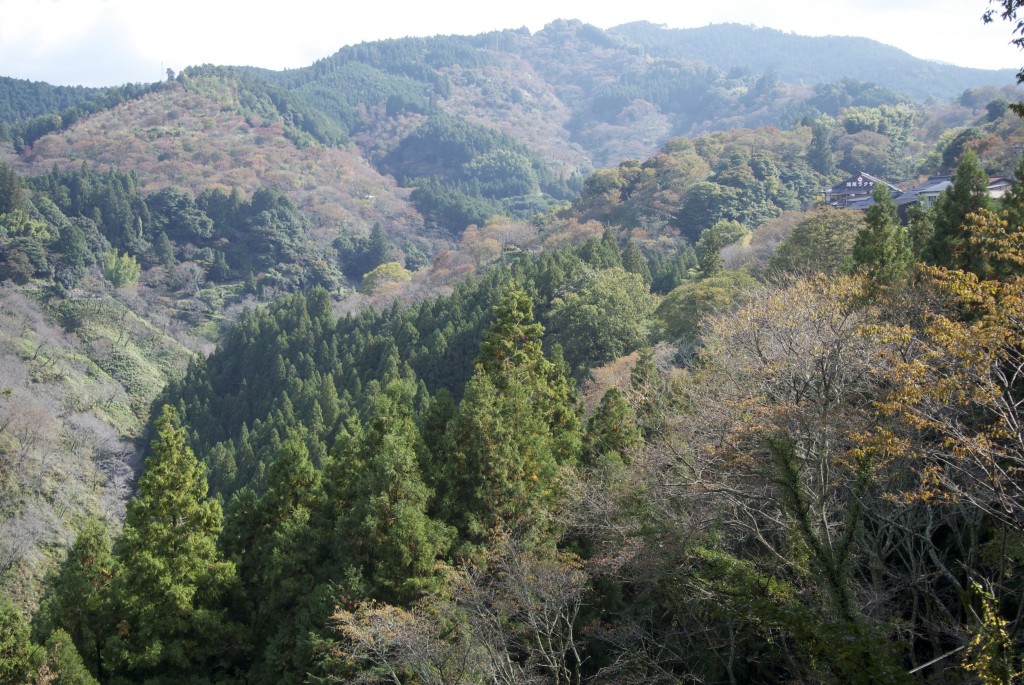
View from Yoshimizu Shrine. In spring the hills are covered with cherry blossom.
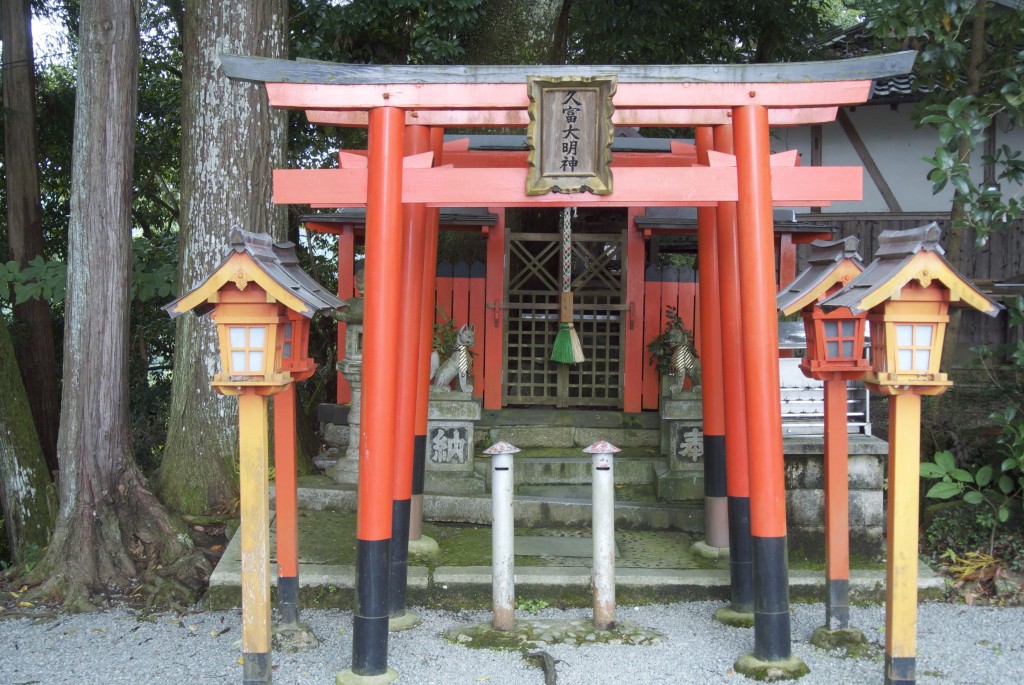
Syncretism at Kimpusenji, where three different subshrines stand in the grounds of the shugendo temple with its Buddhist statuary

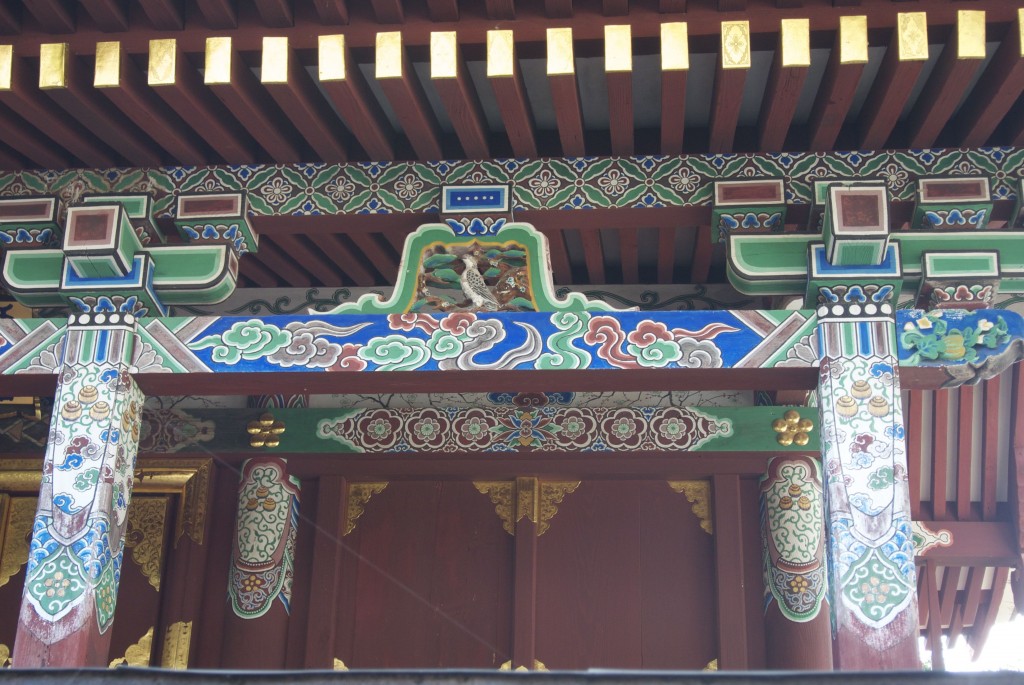
My own Shugendo training is with the good folks at Kimpusen. It is indeed a special place. But ala Basho, ” I must lay down my brush and say no more.”
Not sure Basho would appreciate being feminised, but why put down your brush and say no more, Ted? I was very much hoping you could enlighten me about those minor World Heritage shrines – are they on a pilgrimage route that you know of?